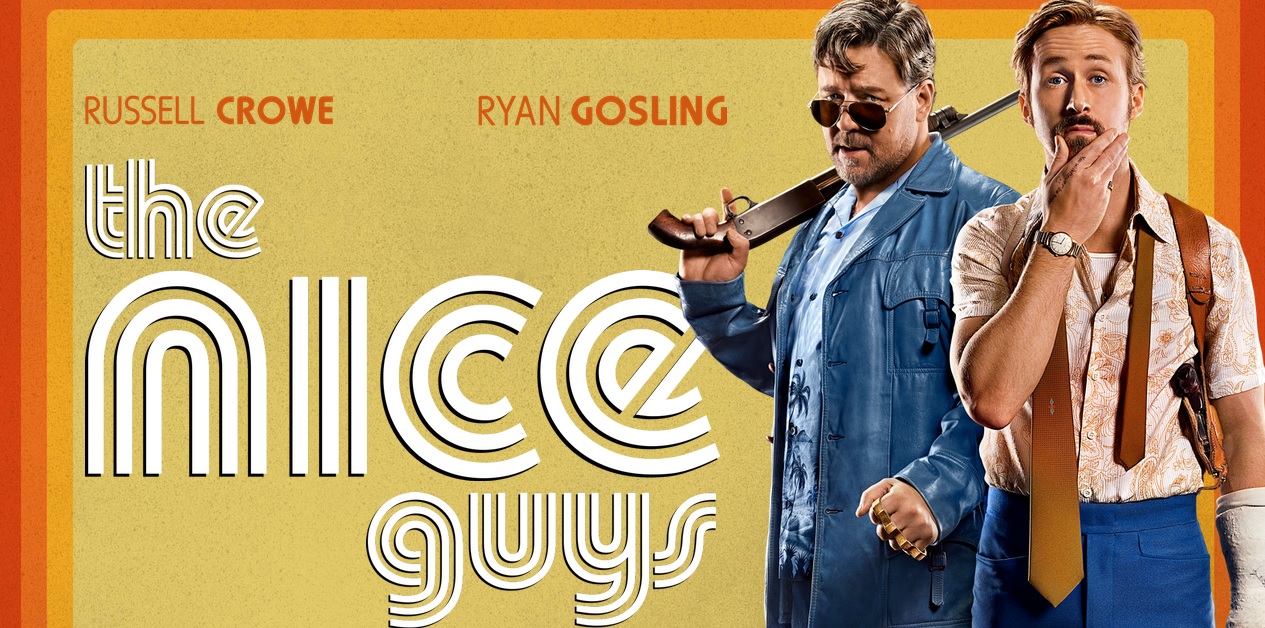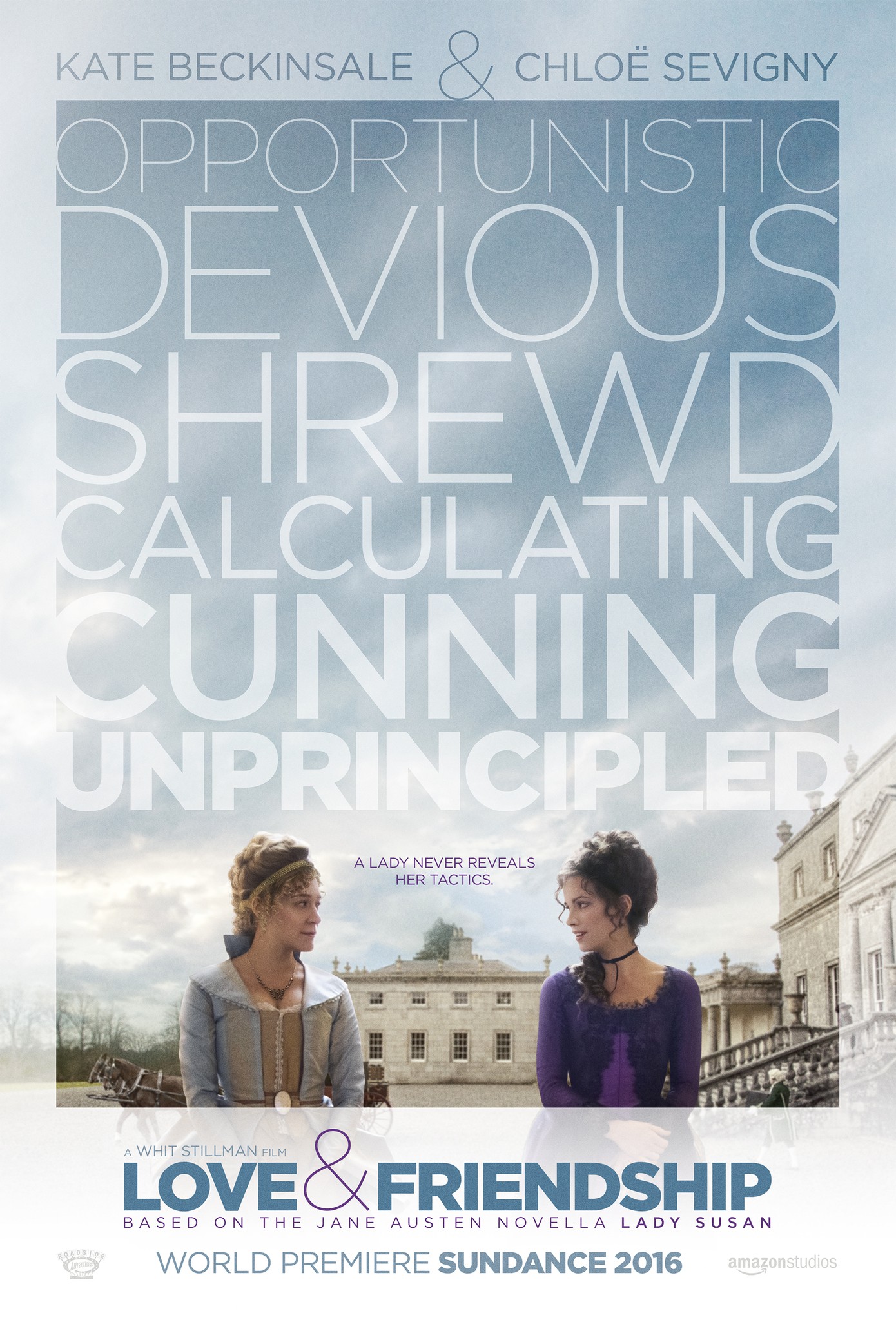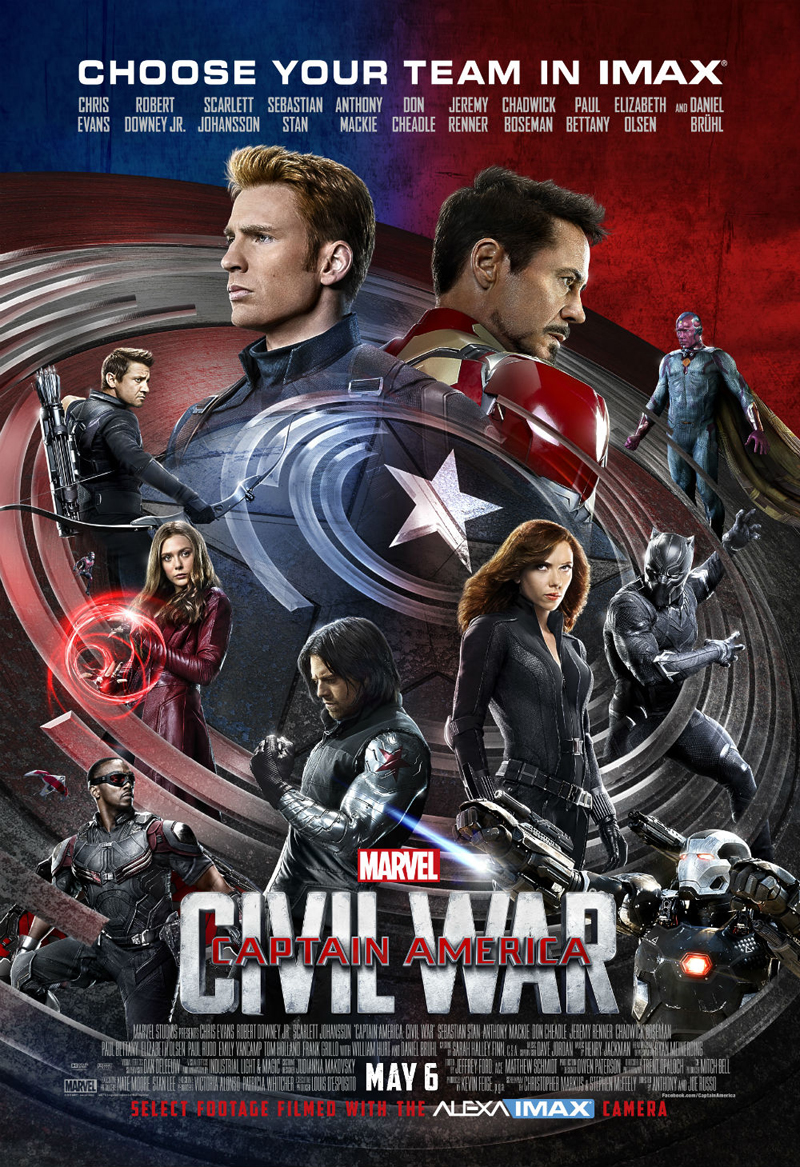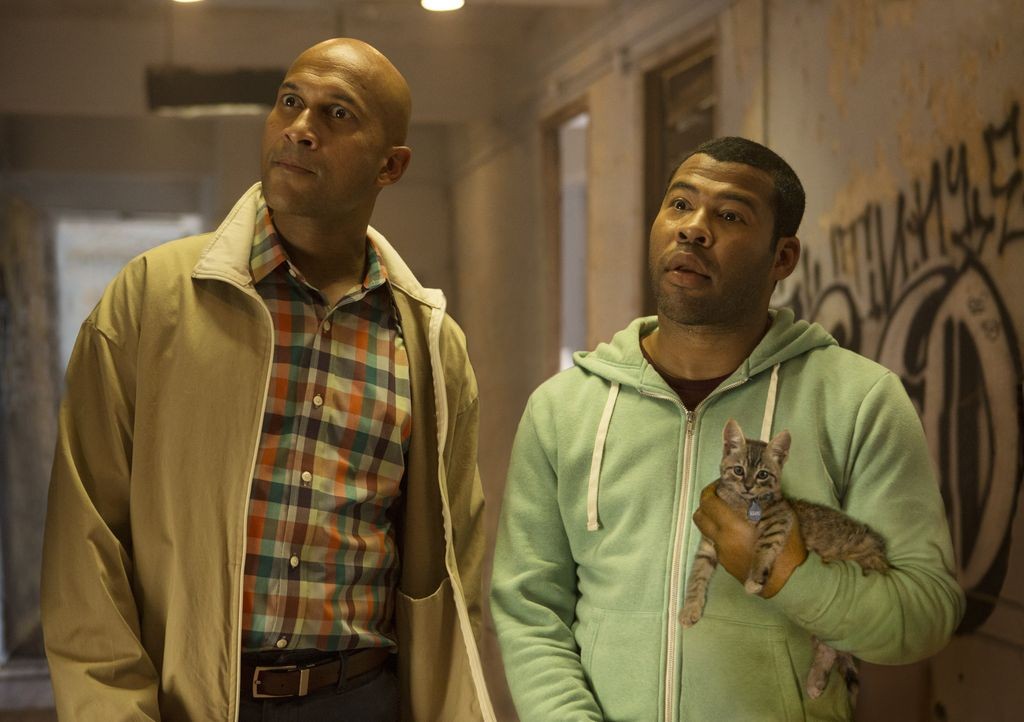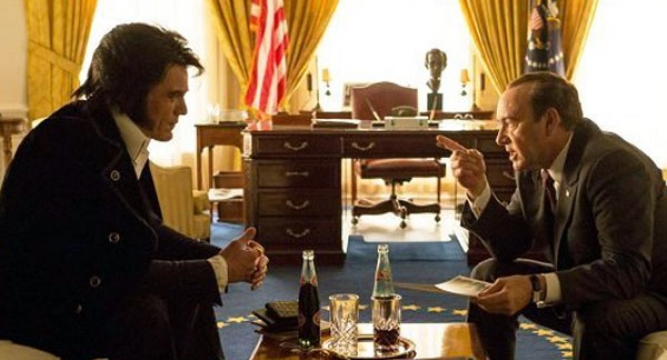The Nice Guys
Posted on May 19, 2016 at 5:38 pm
B+| Lowest Recommended Age: | Mature High Schooler |
| MPAA Rating: | Rated R for violence, sexuality, nudity, language and brief drug use |
| Profanity: | Very strong, crude, and explicit language |
| Alcohol/ Drugs: | Drinking, smoking, drugs |
| Violence/ Scariness: | Extensive graphic violence, guns, explosions, fighting, falls, many characters injured and killed, grisly images |
| Diversity Issues: | None |
| Date Released to Theaters: | May 20, 2016 |
| Date Released to DVD: | August 22, 2016 |
| Amazon.com ASIN: | B01F5ZY596 |

Black’s mismatched and yet perfectly yin-yang characters have included a “too old for this” cop paired with a wild younger one in “Lethal Weapon,” a cop and a thief-turned-accidental-actor in “Kiss Kiss Bang Bang,” and now a small-time private detective and single dad named Holland March (Ryan Gosling) and a muscle-for-hire guy named Jackson Healy (Russell Crowe). Healy, hired by a pretty young woman named Amelia (Margaret Qualley) to dissuade the men who are looking for her, goes to March’s home to punch him in the nose and break his arm. “We’re going to play a game. Shut up unless you’re me.”
March has been hired by a woman who says that her niece, porn star Misty Mountains (Murielle Telio), reported killed in an automobile accident, is still alive. March was looking for Amelia because he thinks she may have information about Misty. Healy is almost clinical in his communication with March. “Give me your left arm,” he says, not unkindly. “When you’re talking to your doctor, tell him you have a spiral fracture.”
But soon Healy himself is visited by some tough guys who rough him up for being in touch with Amelia. They even kill his fish. So he goes back to March to ask him to help find Amelia, and that leads them into a pervasive, murky mess of corruption, betrayal, pornography, a wild party, the Detroit auto industry, and a hit-man named John Boy (a “Waltons” reference, played by Matt Bomer), with many excellent 1970’s songs on the soundtrack.
Black is a master of the deadpan wisecrack that nails the essence of character, setting, and story, and Crowe and Gosling deliver with snap and relish. “There’s whores and stuff here,” says March’s young daughter, played by the marvelously poised Angourie Rice as Holly, the closest thing the story has to a grown-up with a conscience.” March, the sometimes hapless father who loves her dearly, is quick with a paternal correction. “Don’t stay ‘and stuff.'”
The mix of wit, slapstick, and mayhem has some dead-on period detail and some shrewd commentary on contemporary issues. Gosling’s comic timing is pure pleasure, especially in a gem of a scene where he juggles a lit cigarette, a magazine, and a gun, with his pants down. Crowe is fine, too, especially in his interactions with Rice. With any luck, they’ll be back for as many sequels as “Lethal Weapon.”
Parents should know that this film features extensive violence including mayhem, auto accidents, and guns, characters injured and killed, grisly and disturbing images, nudity, very explicit sexual references including pornography, very strong and crude language, smoking, drinking, drugs, and much of this is witnessed by a child.
Family discussion: How would this story be different if it took place today? What was the point of the Nixon story?
If you like this, try: “Kiss Kiss Bang Bang” from the same co-writer/director and “Get Shorty”

